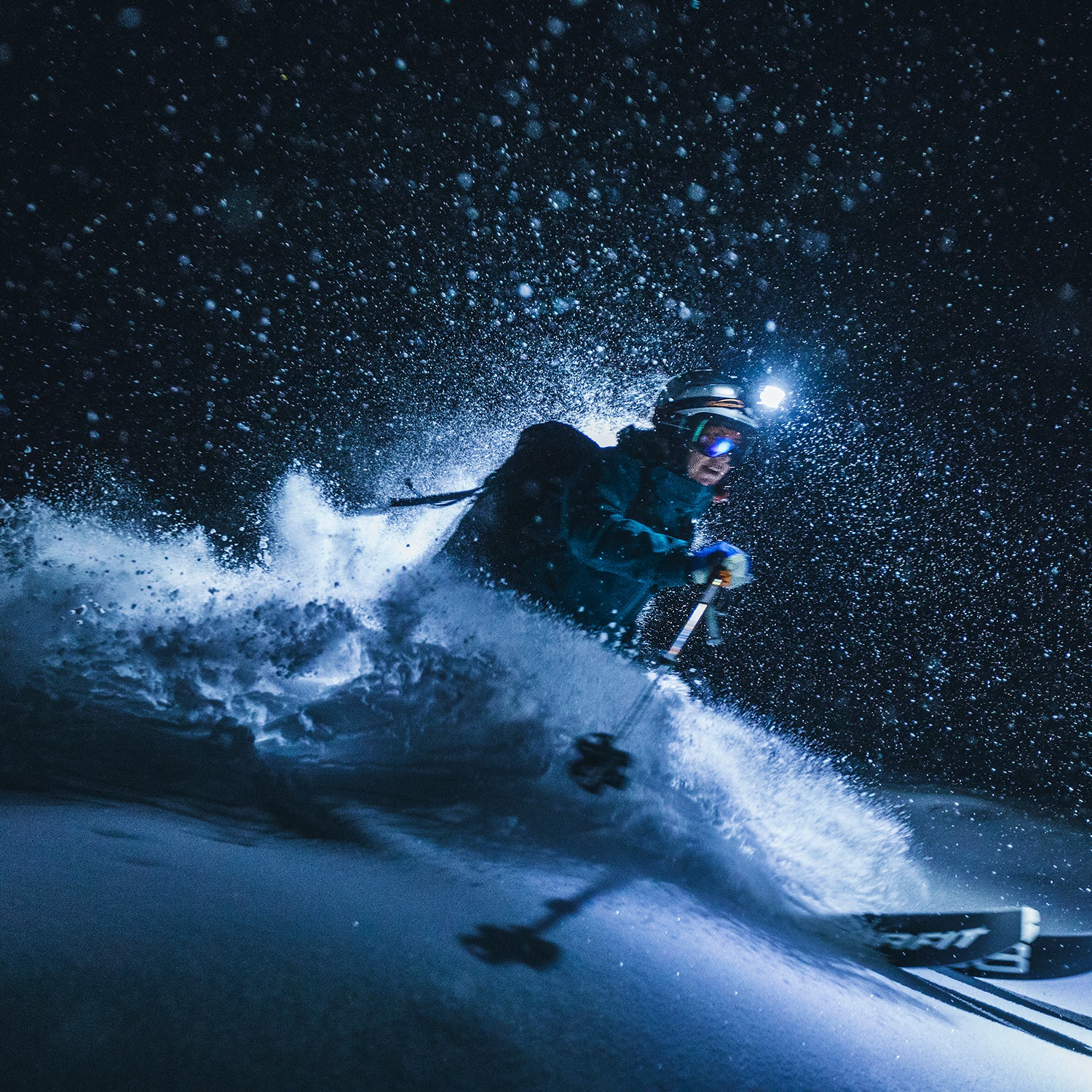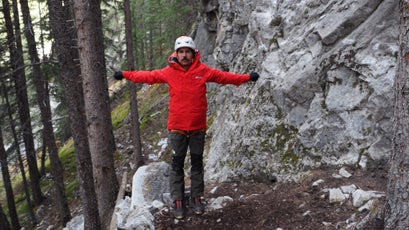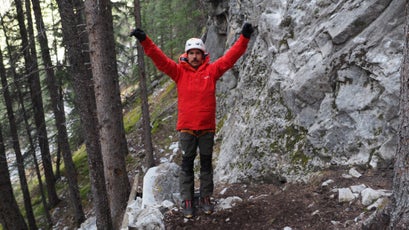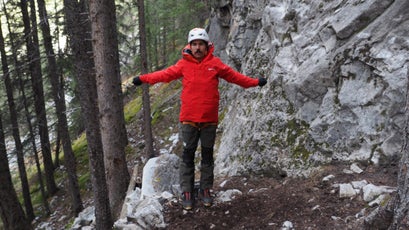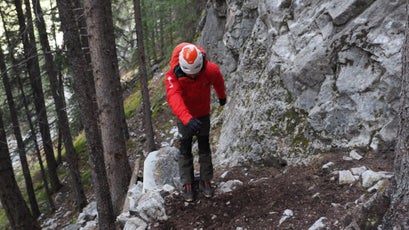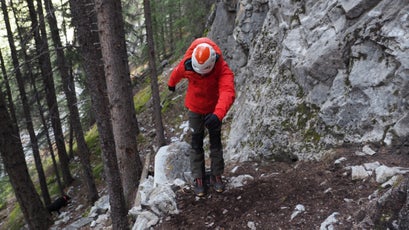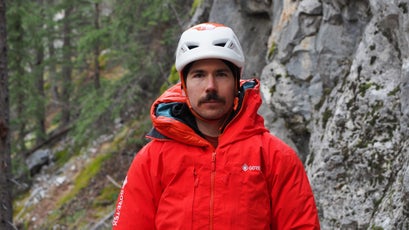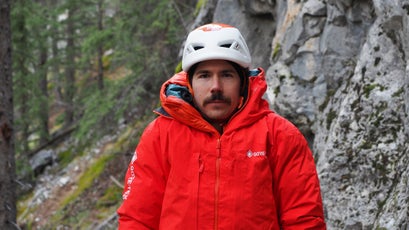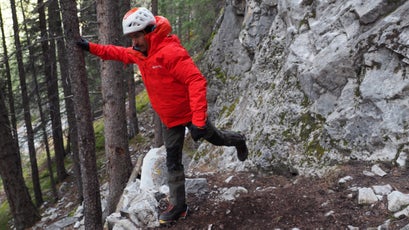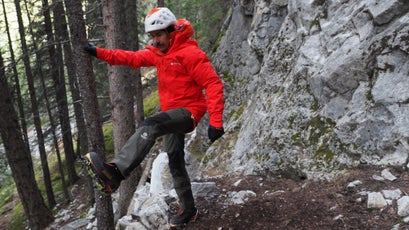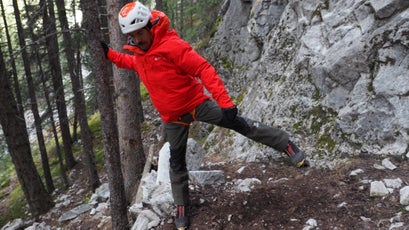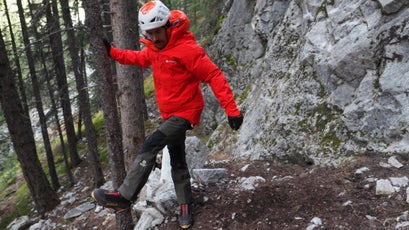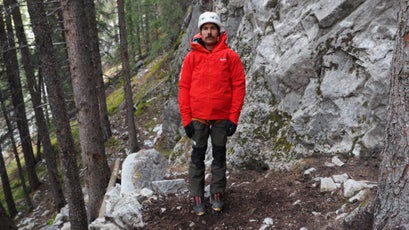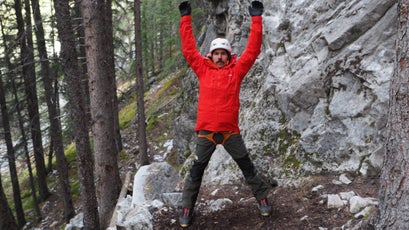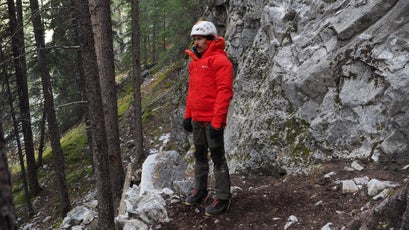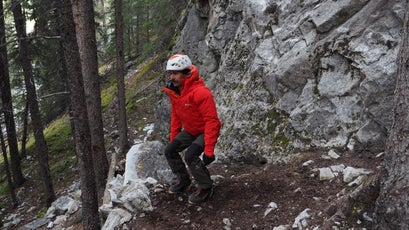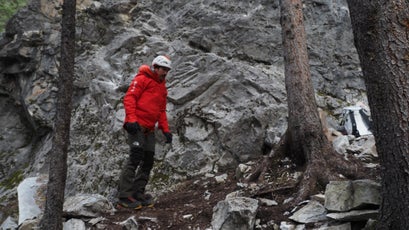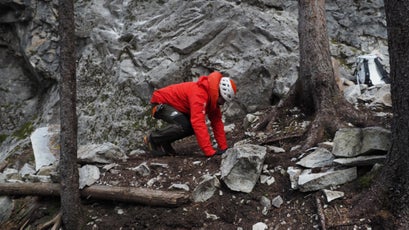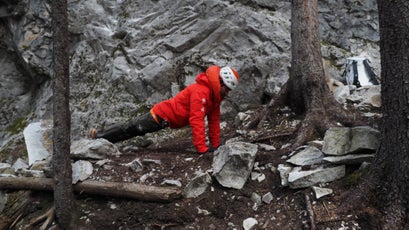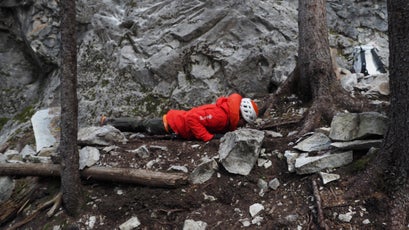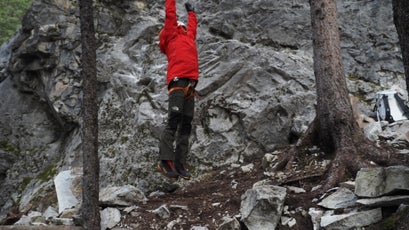Feeling chilled to the bone isnтАЩt just unpleasantтАФit can be dangerous. тАЬAny time youтАЩre colder than comfortable, it can quickly spiral downward,тАЭ says polar explorer Eric Larsen. Larsen has spent approximately three years of his life camping atop the frozen╠¤Arctic Ocean╠¤▓╣▓╘╗х╠¤╛▒▓╘ Antarctica, so he knows cold. With a few key techniques, heтАЩs managed to keep all of his fingers and toes.
тАЬIтАЩm about avoidance, first and foremost, which means managing your layers so you never get too coldтАФor too hot╠¤and sweat, which can be even more dangerous,тАЭ he says. тАЬIf you do get cold, there are three things you can do: add layers, eat, and move.тАЭ The first two are easy, but when youтАЩre wearing everything you have and youтАЩve eaten all your food, movement is the best tool you have.
Whether youтАЩre coming off a frigid chairlift ride or╠¤a long, cold╠¤belay, you can╠¤cycle through these simple moves to elevate your heart rate and generate body heat.╠¤Adapt the moves to your situation and surroundings: if only your hands are cold, for example, maybe all it takes is a few minutes of arm swings to get feeling back in your fingers. тАЬKeep moving until your body temperature rises enough to where youтАЩre producing excess heat╠¤and youтАЩre comfortably warm,тАЭ says Larsen.
If youтАЩre really cold, be mindful of overly stiff muscles or a lack of motor control. Gradually increase your speed and range of motion as your muscles begin to warm.
Arm Swings
What they do: Activate your╠¤shoulder, chest, and upper-back muscles, generating heat and pushing╠¤warm blood into your hands and fingers.
How to do them: Start with cross-body arm swings:╠¤straighten your arms out to the sides at shoulder height, swing them across your chest, and then swing them back out again.╠¤Repeat 10 to 15 times, alternating which arm goes above the other.
Next do windmills: spin your arms in circles while keeping them straight and out to the sides. Start slow and with a small range of motion. As your shoulders begin to warm up and loosen, swing faster and in larger circles. Repeat 10 to 15 times, then switch directions for as many repetitions.
тАЛтАЛтАЛтАЛFinally, do speed skaters: hunch forward, point your hands toward the ground, and swing your arms forward and back in opposite directions, like a speed skater in full sprint. Repeat 20 to 30 times.
Shoulder Shrugs
What they do: Pump╠¤warm blood down your arms and into your fingers.
How to do them: Hang your arms straight at your sides, and turn your palms forward. Then shrug your shoulders up and down by lifting them to your ears and dropping them back down╠¤(a.k.a. ). Repeat 10 to 15 times.
Leg Swings
What they do: Activate╠¤the leg muscles, generate╠¤heat, and help╠¤send warm blood down to╠¤the feet and toes.
How to do them: Stand on one leg (use a ski pole, a tree, or your buddyтАЩs shoulder for balance╠¤if needed). Raise your other╠¤leg and swing it forward and backward, while keeping your swinging╠¤knee straight. Gradually increase speed and range of motion. Repeat 10 to 15 times, then switch legs.
Next do lateral leg swings across your body: stand on one leg, lift the other, and swing it out to the side, then back across your╠¤standing leg. Repeat 10 to 15 times on╠¤each leg.
Jumping Jacks
What they do:╠¤Raise╠¤your heart rate and generate╠¤heat throughout the whole body.
How to do them: Stand tall, with your feet together and your hands by your sides. Jump your feet out to each side while simultaneously swinging your arms out and overhead (your body should remain in one plane of motion). Jump again and reverse the movement back to the starting position. Repeat 15 to 20 times.
Air Squats
What they do:╠¤Activate the glutes and quadsтАФyour legsтАЩ biggest muscle groupsтАФto generate heat. This is great if youтАЩre stuck at a belay and canтАЩt move or take your hands off the rope.
How to do them: Stand tall, with your feet hip-width apart and your toes pointed forward or slightly out to the sides. Hold your chest and head high, then hinge at the knees, and tilt your pelvis to stick out your butt, like youтАЩre sitting in a chair. Hold your arms out in front of you for counterbalance╠¤if needed. Keep your back straight, and continue lowering yourself until your thighs are parallel to the ground. Push through your heels to stand up. Repeat 10 to 20 times.
Run
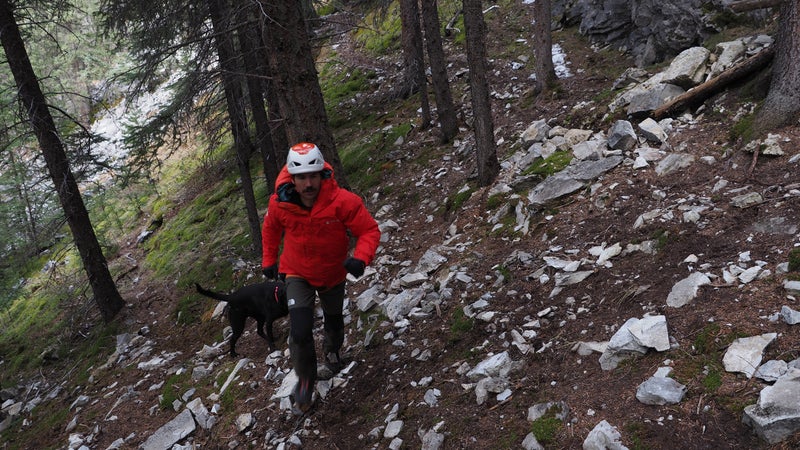
What it does: Raises your heart rate, circulation, and body temperature.
How to do it: Simply run back and forth, or even in place, until youтАЩre breathing hard and warmed up. тАЬItтАЩs hard to run in snow,тАЭ says Larsen, тАЬso youтАЩre generating a lot of heat.тАЭ Be mindful of your location and equipment. If youтАЩre on a crevasse-filled glacier, for example, itтАЩs better to stay roped up and run in place. And crampons tend to be pant eaters if youтАЩre not careful.
Burpees
What they do: Work╠¤your legs, core, upper back, arms, and chest╠¤and╠¤elevate╠¤your heart rate and body temperature.
How to do them: The ultimate full-body workout, burpees combine a squat, high plank, push-up, and vertical jump all in one fluid motion. Start in an athletic stance, with your feet hip-width apart. Lower into a squat, then place your hands on the ground in front of you, shoulder-width apart. From here, hop your feet directly behind you and land on the balls of your feet, with straight legs, so your body enters a high-plank position. Your arms should be fully extended, with your hands, elbows, and shoulders all in line, and your feet should be together or no more than 12 inches apart.
Then complete a strict push-up: bend your elbowsтАФkeep them tracking back alongside your bodyтАФto lower your chest to slightly below the level of your bent elbows. Push back up to the high-plank position. Keep your spine neutral (no sagging or arching the back) and your hips level throughout the movement.
Once back in the high-plank position, jump your feet to just behind your hands, reach your arms overhead, then jump vertically as high as you can. Land with soft knees (this marks one repetition), and immediately sink into another squat to repeat the process. DonтАЩt forget to breathe. Do as many as you need to get warm.
Flash Dance
What it does: Raises your heart rate, circulation, and body temperature.
How to do it: If youтАЩre too frozen for the finer motor skills required by the exercises above, just dance. Wiggle and shake it with everything youтАЩve got. Seriously. The wilder and faster, the better. Keep dancing until youтАЩre warm.


